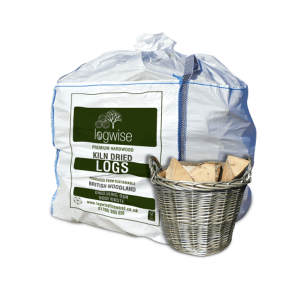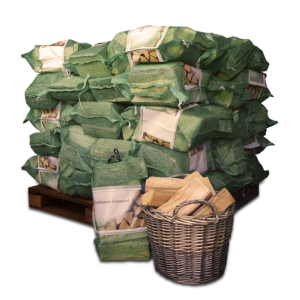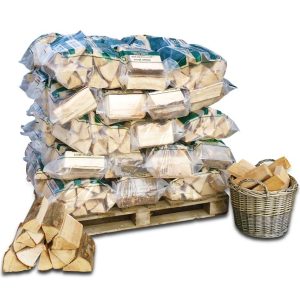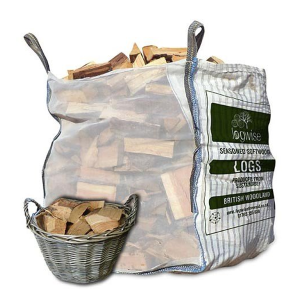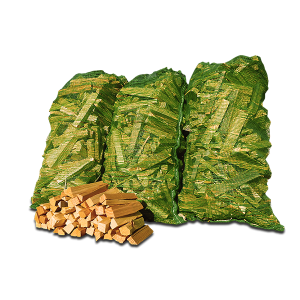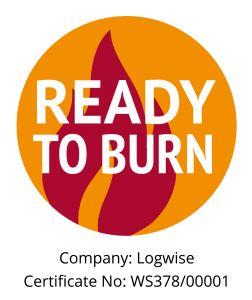Why does my fire keep going out?
With all the ingredients you need to build a roaring fire, it can be disappointing if it keeps going out – and frustrating when you don’t know the cause, or how to fix it.
Today, we’ll talk through some of the main reasons your fire keeps going out and how to get a good flame going – whether you’re inside or out.
1. You need a different fuel
You won’t get far without the right fuel: you need good-quality firewood if you want the flames to take hold!
We’d recommend something like our naturally-dried, seasoned hardwood mix (typically containing ash, oak, birch and others), or our kiln-dried softwood that’s ready to light. Both are great for wood-burning stoves and log burners, or even outdoor fires.
Our products are available in bulk bags and carry nets, and you can even choose the size of wood you want – up to around 40cm.
2. The weather is putting out your flames
If you’re setting a fire outside – whether at a campsite or in your back garden – you’re always at the mercy of the elements. Downpours, wind, even the appearance of snow could dampen your wood and put out any sparks.
Our advice would be to check the weather before you start. Of course, even indoors you might be affected by the weather: too much wind or cold air outside can make it feel drafty or affect the performance of your wood burner.
3. Your vents are blocked, shut or set wrongly
Every wood burner has air vents that can be used to control the supply of air. As all fires need oxygen to burn, you’ll need to have these set correctly at each stage of your fire, to make sure you ‘feed it’ when it’s first set and adjust it when it takes hold.
If your flames feel too hot, or are roaring too high, you might want to close the vent slightly to reduce them.
4. Parts of your stove or chimney are dirty
Not only does your wood-burning stove need the air vents to bring oxygen to the flames, but it needs a clean chimney, too. This helps it continuously draw in fresh oxygen while removing exhaust fumes. Take care to not only brush out the inside of your wood burner, but to sweep the flue too.
5. Your logs are too wet
We all know that water puts out a fire. But water – or moisture – can also stop it from taking hold.
Good-quality firewood needs to have 20% moisture or less for it to be truly effective, so pieces of found wood may not burn properly. Not only that, but you can expect them to produce a lot more smoke, which can be bad for the environment and your health (and make your stove and chimney even dirtier to clean).
Our range has been properly kiln-dried or outdoor seasoned to ensure it lights.
One more key thing to note: damp wood needs to ‘dry off’ to be effective, so if you throw it straight on the fire it’ll take longer to get those flames dancing.
6. Your logs are too large
Making a fire is something of an art, and it might take some practice to get to grips with what order to stack your fire, how to light it and what size of logs works best where.
Thicker, chunkier pieces of wood take much longer to catch fire and burn and might be best used once there’s a good burn going. Smaller, thinner pieces of wood are ideal for using early on. If in doubt, try some different sizes and see what works best at each stage of the burn.
Trust in Logwise
As a supplier of fuel and accessories for wood-burning stoves, our Yorkshire-based team are proud to be eco. Our drying kiln is powered by our own site waste, we reuse our pallets and we source locally from sustainable woodland. We even plant trees and use recyclable materials in packaging. It’s all to help ensure we keep our carbon footprint small – and your fire going.

